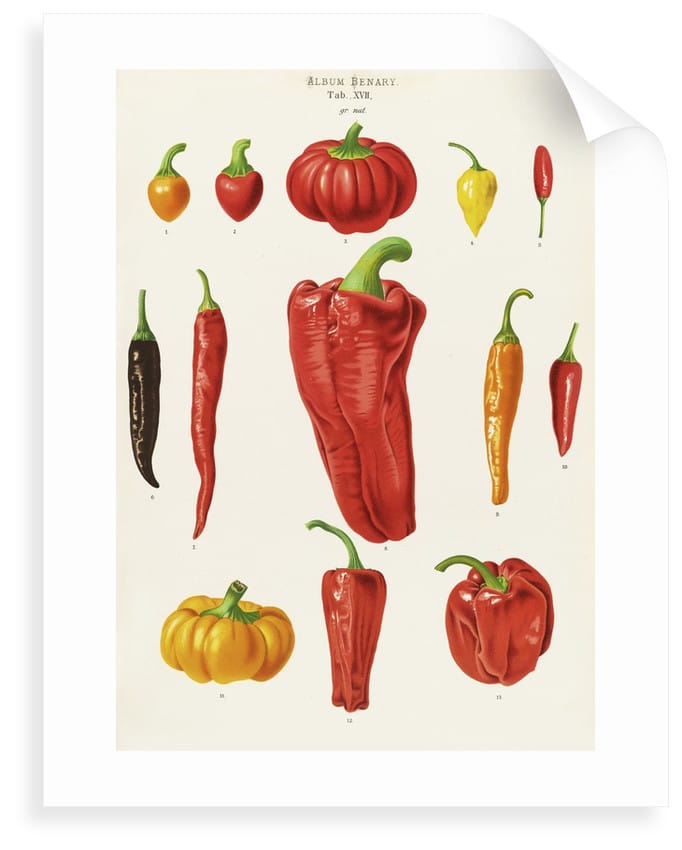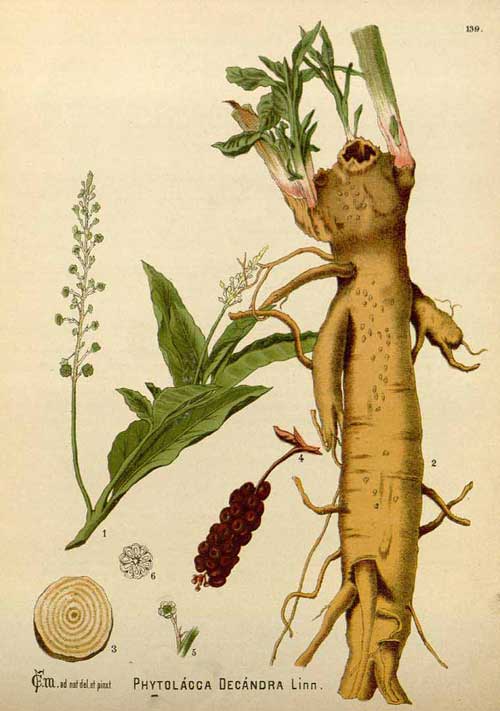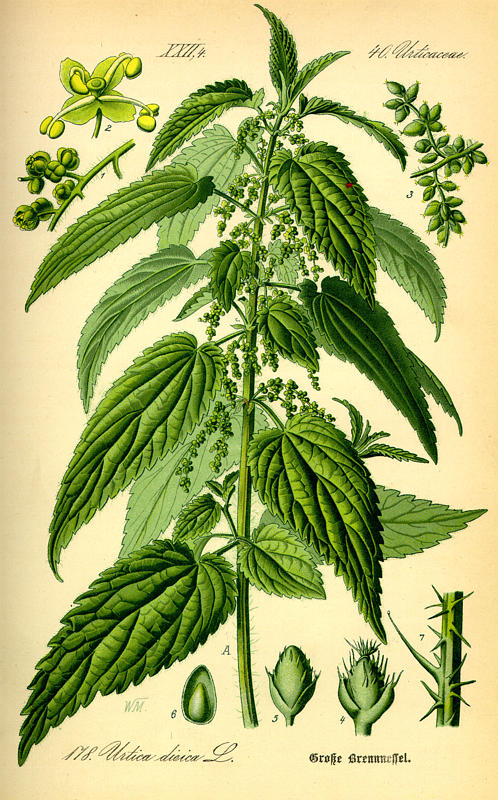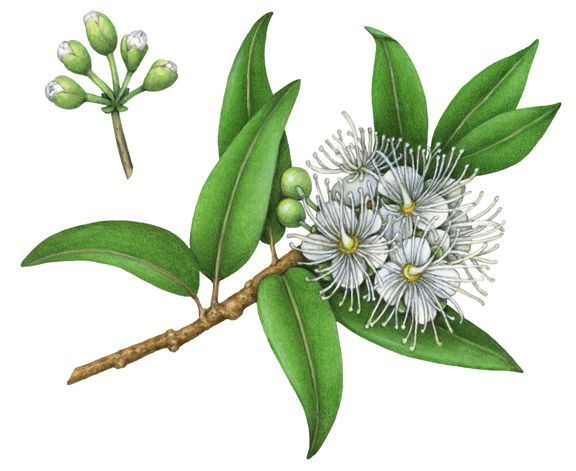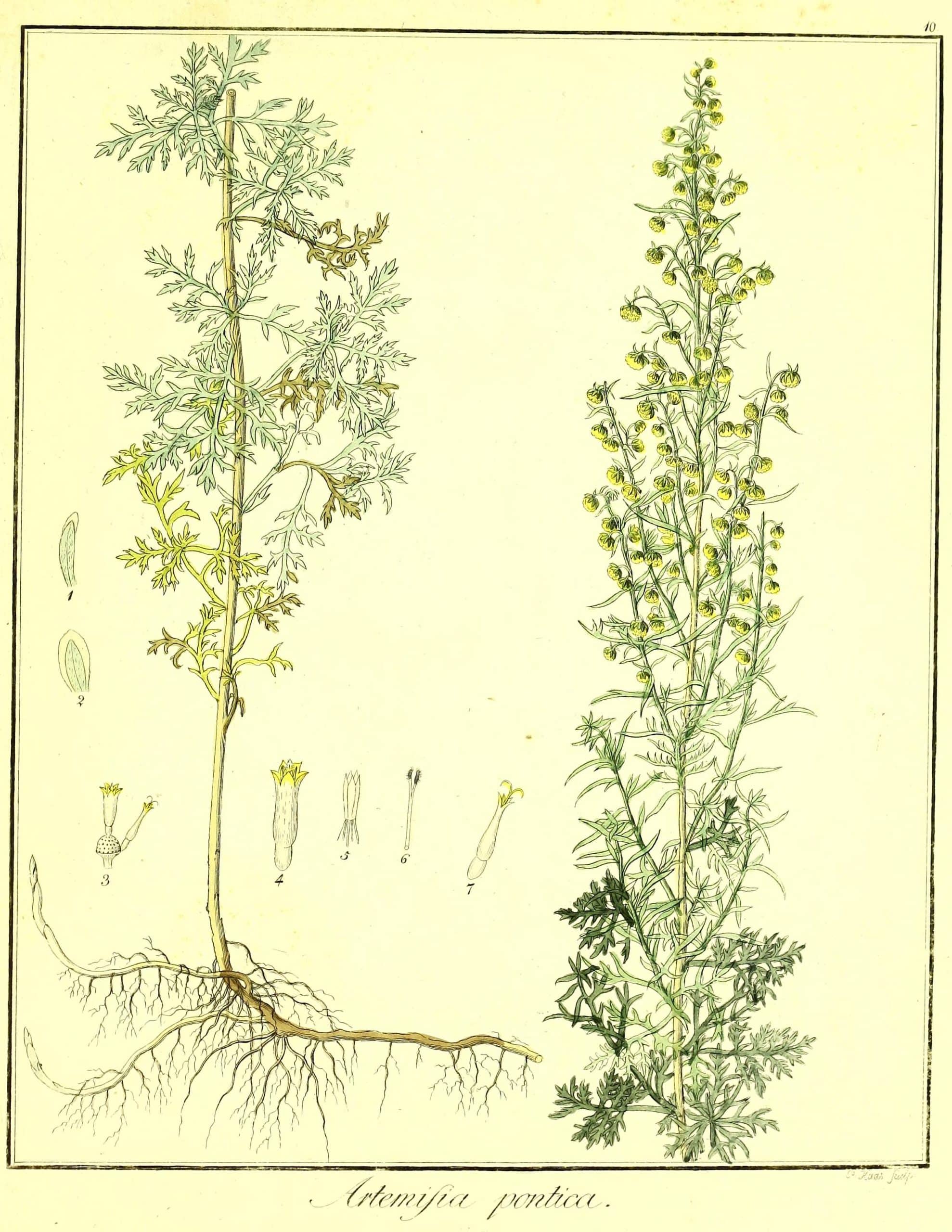Dried Whole Chillies
Chillies come in all shapes, sizes and colours ranging from tiny pointed extremely hot, birds eye chillies to the large mild fleshy peppers like the Anaheim; indigenous to Central and South America and the West Indies. They have been cultivated there for thousands of years before the Spanish conquest, which eventually introduced them to the rest of the world. Not all dry and store well so the range available is smaller but still substantial for the dried product than the fresh. Mexican cooking is one of the worlds oldest cuisines, the explorers of the New World brought back tomatoes and...
Labdanum 100% Pure Absolute Oil-Cistus ladanifer
BOTANICAL NAME: Cistus ladanifer OTHERWISE KNOWN AS : Rock Rose and Jara SCENT: A warm, rich, very sweet odour. STRENGTH OF AROMA: Strong PLANT PART USED: Gum EXTRACTION METHOD: Food Grade Solvent ORIGIN: Portugal COLOUR: Dark Green to Deep Brown CONSISTENCY: Thick and Viscous NOTE: Base Labdanum Absolute is much valued in perfumery because of its property resemblance to Ambergris, which has been banned from use in many countries because its precursor originates from the sperm whale, which is an endangered species. Modern use of Ambergris is virtually all synthetically produced nowadays as are most modern perfumes. Labdanum, as a natural substance has similar fixative and base properties. It is...
Poke Root – Phytolacca decandra
Poke Root (Phytolacca decandra) is also known as Poke, Poke Berry, Poke Root, Poke Weed, Red-Ink Plant and Shang Lu in Chinese Uses of Poke Root:- Poke Root is a pungent bitter herb, often used in the treatment of arthritis but it is a very potent herb. Poke Root is very full of detoxifying properties and it is an excellent herb for purifying the blood and maintaining lymphatic health. It is anti inflammatory which is why it is typically used with arthritic and rheumatoid conditions. A topically applied decoction of the herb was once, and is still sometimes used, as a home remedy...
Nettle Seed – Urtica doica
Nettle Seed (Urtica dioica) is sometimes known as Stinging Nettle or Common Nettle. It is a perennial plant native to Europe, Asia and Africa and some parts of the USA. Five of the six subspecies sting with hypodermic like needles which inject histamine and other chemicals when in contact with skin. There are over 500 species of nettles, some of which have a sting so bad, it lasts for months and may cause death. The plant grows to 2 or 3 feet and in covered with down as well as stinging hairs. The leaves are heart-shaped and come to a point. The...
Myrtle Leaves – Myrtus communis
Myrtle Leaves come from the common Myrtle. Sometimes known as True Myrtle which is a native all across the Mediterranean, particularly on Corsica and Sardinia. Not to be confused with the only other Myrtle (Myrtus Nivellei) which is better known as Saharan Myrtle Constituents of Myrtle Leaves:- Myrtle Leaves (Myrtus communis) are very rich in polyphenols. In particular, galloyl-glucosides, ellagitannins, galloyl-quinic acids, flavonol glycosides and hydrolysable tannins (galloyl-glucosides, ellagitannins, galloyl-quinic acids). Myrtle extracts have a potent antioxidant activity mainly due to the presence of galloyl derivatives. Myrtle leaves as well as the volatile oil (Myrtii Oleum; MO) obtained from the...
Roman Wormwood – Artemisia pontica
Artemisia pontica, the Roman Wormwood or Small Absinthe, is a lesser known cousin of Grand Wormwood and the preferred herb used in the production of absinthe and vermouth. Originating in southeastern Europe (the specific name refers to the Pontus area on the shores of the Black Sea). It is naturalised over much of Eurasia from France to Xinjiang, and is also found in the wild in northeastern North America. It is called Little or Small Absinthe because it is smaller in stature and leaf than the Grand Absinthe (Artemisia absinthium) also known as Grand Wormwood. It grows as a rhizomatous...
